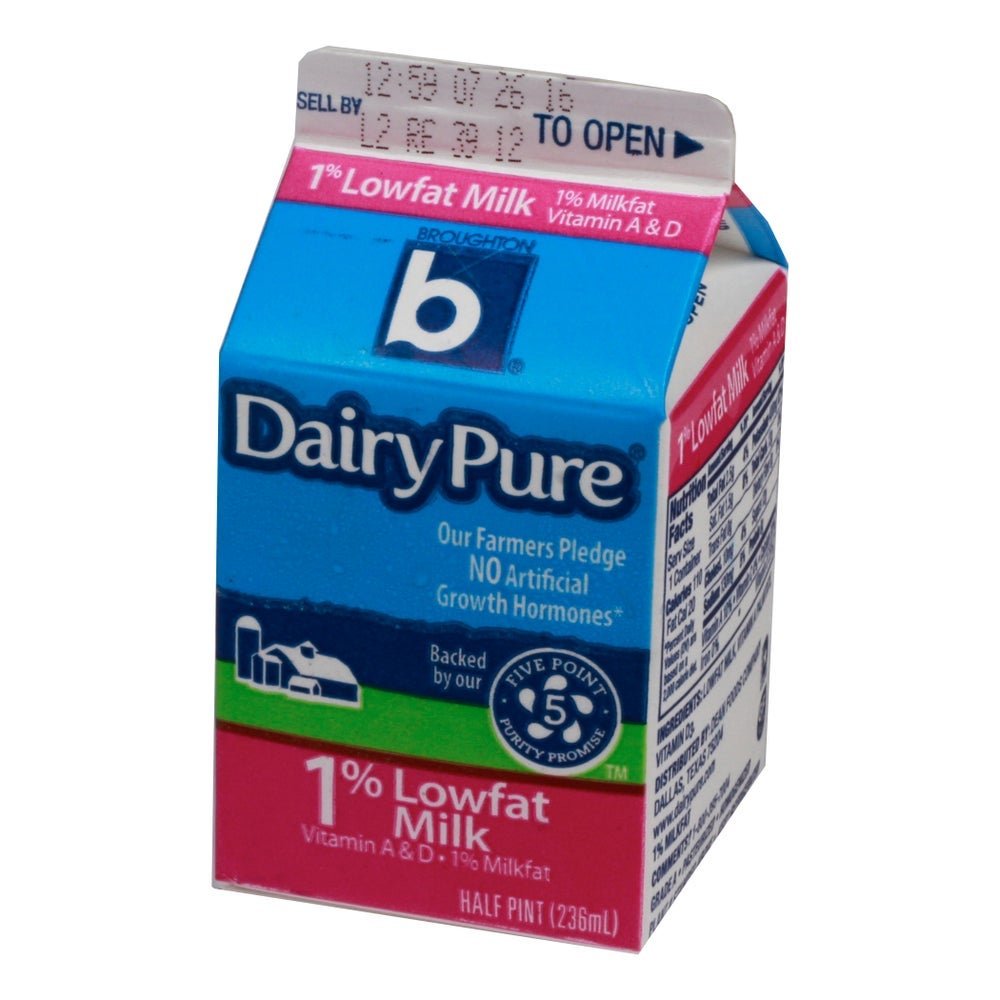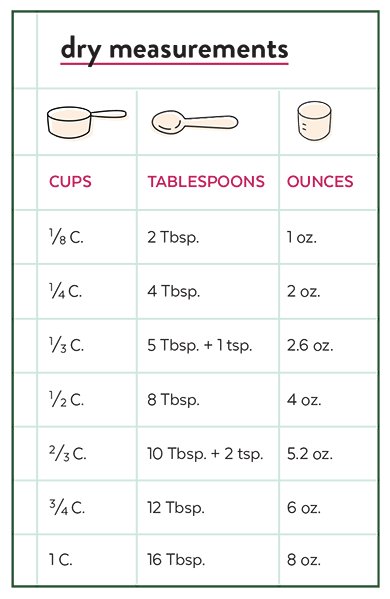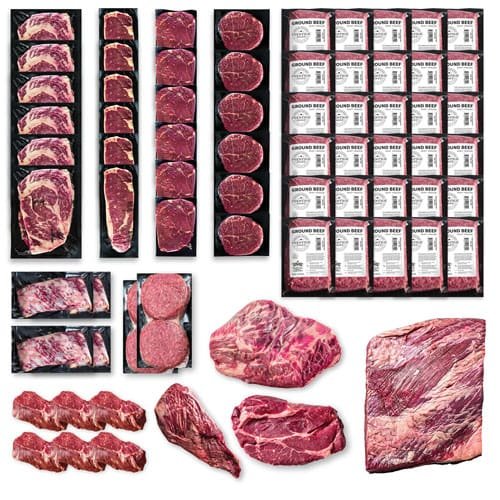A carton of milk typically costs between $2 to $4, depending on the brand and quantity. While this may seem like a straightforward answer, there’s more to the story than just the price tag. From the dairy farms to the supermarket shelves, the journey of a carton of milk is filled with fascinating facts and insights. Join us as we explore the world of dairy economics and discover just how much is a carton of milk.
How Much is a Carton of Milk?
Welcome to our exploration into the world of milk! Have you ever wondered how much a carton of milk costs or why the price varies? In this blog post, we will delve into the interesting topic of milk pricing and understand the factors that influence the cost of that essential carton of milk on your kitchen table. So, grab a glass of milk and join us on this fascinating journey!
The Basics of Milk Pricing
Before we dive into the specifics, let’s start with the basics. Milk, which is a staple in many households, is typically sold in cartons, bottles, or jugs. The price of a carton of milk can vary based on several factors, including location, brand, type of milk, and market conditions.
Location Matters
Have you ever noticed that the price of milk can differ from one store to another? That’s because the cost of milk is influenced by the location of the store. In urban areas, where the cost of living is higher, you may find that milk is more expensive compared to rural areas.
Brand and Type of Milk
When you visit a grocery store, you will likely encounter various brands and types of milk, such as whole milk, skim milk, almond milk, and soy milk. Each type of milk may have a different price point based on factors such as production costs, demand, and branding.
Factors Affecting the Cost of Milk
Now, let’s delve deeper into the factors that affect the cost of a carton of milk. Understanding these factors can give us insight into why the price of milk fluctuates.
Dairy Industry Trends
The dairy industry is subject to various trends and challenges that can impact milk prices. Factors such as weather conditions, feed costs for cows, and global demand for dairy products can all influence the cost of producing milk.
Market Competition
In a competitive market, dairy producers may adjust their prices to attract customers or compete with other brands. This competition can lead to price fluctuations as producers strive to maintain their market share.
Transportation and Distribution Costs
Transporting and distributing milk from dairy farms to retail stores incur costs that can affect the final price of milk. Factors such as fuel prices, distance traveled, and transportation infrastructure all play a role in determining the cost of milk.
Understanding Milk Labels
When you pick up a carton of milk at the store, you may notice various labels and terms that describe the milk inside. Let’s take a closer look at what these labels mean and how they can impact the price of milk.
Organic vs. Conventional Milk
Organic milk is produced following strict guidelines that prohibit the use of synthetic pesticides, hormones, or antibiotics in the production process. Due to the additional costs associated with organic farming practices, organic milk is typically priced higher than conventional milk.
Lactose-Free and Plant-Based Milk
Lactose-free milk and plant-based alternatives like almond milk and soy milk cater to consumers with specific dietary preferences or intolerances. These specialty milks often come at a higher price point due to the processing and ingredients involved in their production.
Price Discrepancies: Does More Expensive Mean Better?
It’s common to assume that a higher price tag indicates better quality, but when it comes to milk, this may not always be the case. While factors like organic certification or specialty processing can justify a higher price, it’s essential to consider your personal preferences and needs when choosing a carton of milk.
Value for Money
When deciding on a carton of milk, consider factors such as taste, nutritional content, and ethical considerations. A higher-priced milk may offer added benefits, but it’s important to assess whether these benefits align with your priorities and budget.
Shopping Smart
To get the best value for your money, compare prices across different brands and types of milk. Look for promotions, discounts, or bulk purchase options that can help you save on your milk expenses without compromising on quality.
In conclusion, the cost of a carton of milk can vary based on a multitude of factors, from location and brand to market trends and production methods. By understanding these factors and being mindful of your preferences, you can make informed decisions when buying milk for yourself and your family. So, next time you reach for that carton of milk, remember that there’s more to its price tag than meets the eye!
We hope you enjoyed our deep dive into the world of milk pricing. Stay tuned for more exciting topics and informative discussions. Cheers to a glass of refreshing milk!
How to open a milk carton in Canada
Frequently Asked Questions
What factors influence the price of a carton of milk?
The price of a carton of milk can be influenced by various factors such as the brand, type of milk (whole, skim, organic), location, and any market forces like demand and supply fluctuations.
Is the price of a carton of milk consistent across all stores?
No, the price of a carton of milk can vary between different stores and regions. Factors like competition, transportation costs, and even seasonality can impact the price set by retailers.
Why do prices for cartons of milk differ between brands?
Different brands of milk may have varying production costs, quality standards, and marketing strategies, which can influence their pricing. Higher-priced brands may often emphasize organic or specialty production methods.
Final Thoughts
A carton of milk typically costs around $2 to $4, depending on the brand and type. Prices may vary based on location and store discounts. Understanding how much is a carton of milk can help you budget your grocery expenses efficiently. Whether you prefer whole milk, low-fat, or plant-based options, keeping track of prices can save you money in the long run. Shop wisely and enjoy your daily glass of milk without breaking the bank.









